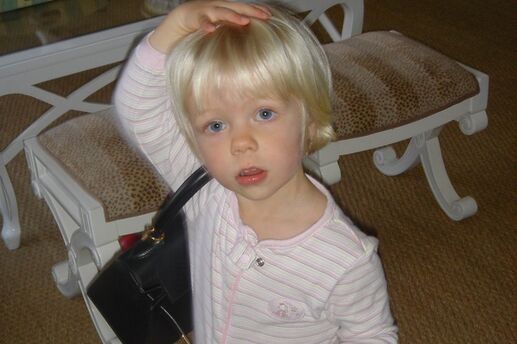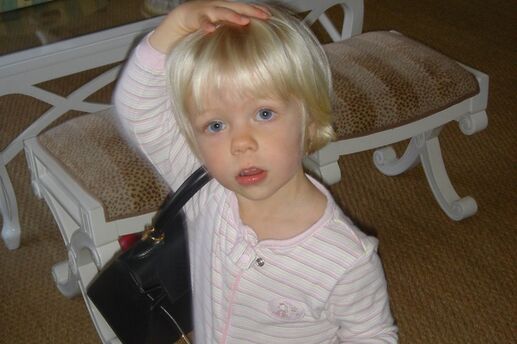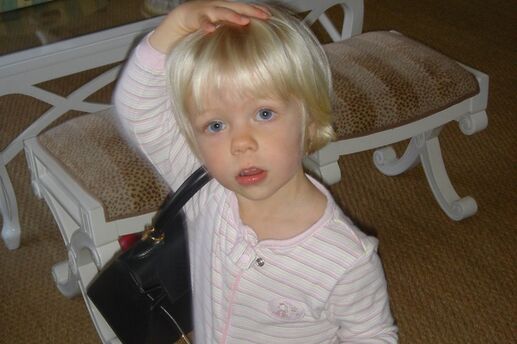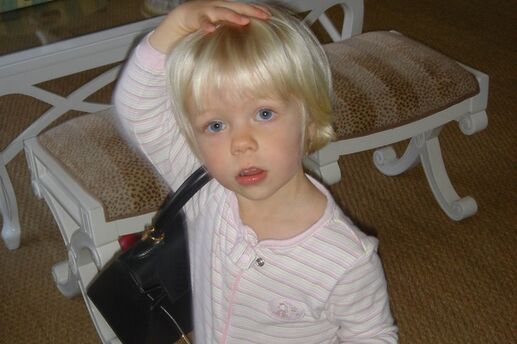Diaper Dos and Don’ts
Few things are more uncomfortable -- from a baby’s perspective -- than a wet or dirty diaper. Even worse: diaper rash! Fortunately, it’s easy to keep your little one happy, healthy, clean, and dry. As you go to change your baby’s, remember these important dos and don’ts:
DO change your baby’s diaper frequently. For a newborn, this may be as often as 10 times a day. Don’t depend on your sense of smell alone to determine when it’s time. Lightly pat the diaper to gauge whether it’s heavy or full, or gently pull at the waistband and take a peek inside to ensure that your baby is clean and dry.
DO select a safe spot for changing. This can be a changing table or a changing pad placed on the floor, bed, or sofa. Wherever you choose to change your baby, it helps to keep supplies (clean diapers, baby wipes, washcloths, and diaper ointment or petroleum jelly) within arm’s reach.
DON’T ever leave your baby unattended on a changing table or any other changing surface that’s not the floor. You never know when your newborn will roll for the first time.
DO always wipe from front to back, especially when changing a baby girl. This will help prevent bacteria from spreading to the urinary tract.
DO cover your baby with a clean diaper after you’ve removed the dirty one, especially if you have a boy. This will keep you, the changing area, and your baby’s clothes from getting wet if your little one decides to pee before you can get a clean on him.
DO point your baby boy’s penis down to prevent leaks around the waistline.
DON’T use baby powder, which isn’t necessary and can be dangerous if your baby inhales it. Instead, apply diaper ointment or petroleum jelly.
DO know the signs of diaper rash: red, irritated skin and small, red bumps. If these appear on your little one’s diaper area, be extra vigilant about changing diapers frequently and apply a diaper cream with zinc oxide to create a barrier between your baby’s skin and wetness. If diaper rash happens often, persists for more than two or three days, is accompanied by fever, or seems particularly severe, check with your baby’s doctor.
DON’T fasten diapers too tightly. If the diaper leaves marks around your baby’s waist and legs, it’s too snug.
DO keep toys or rattles on hand, or hang a mobile over the changing table to keep your little one occupied while you change his diaper.
DO wash your hands after every diaper change to prevent the spread of germs. If you can’t get to a sink for some soap and water, use hand sanitizer or baby wipes.







